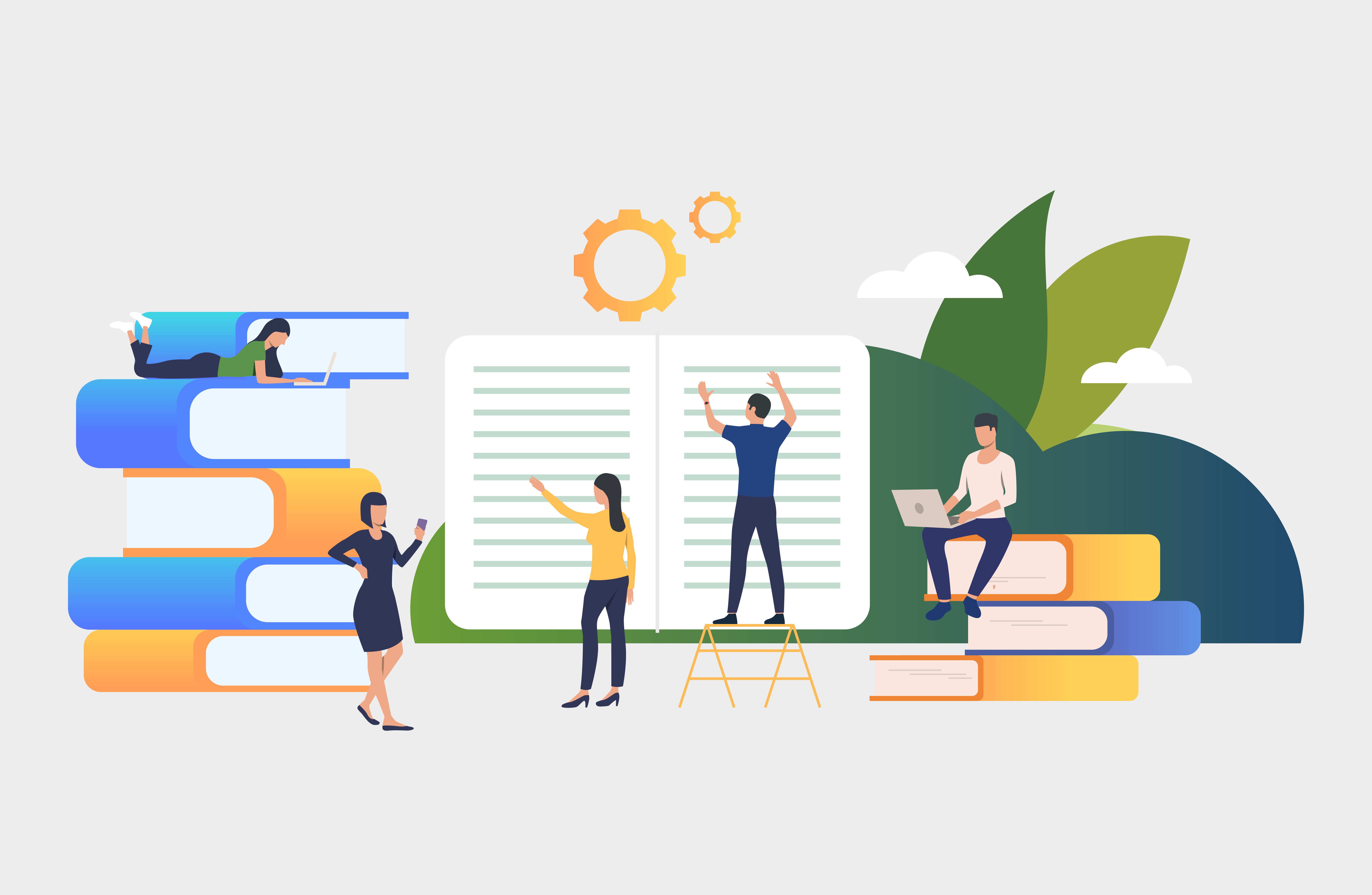E-Publication
E-publication, or electronic publication, refers to the digital distribution and dissemination of content in various forms, such as books, magazines, journals, and other written materials. It encompasses the creation, production, and distribution of digital publications, providing readers with convenient access to a wide range of content. This essay provides a comprehensive overview of e-publication, covering its history, formats, production processes, distribution methods, and the impact of digital technologies on the publishing industry. E-publication has emerged as a result of advancements in digital technologies. The transition from print to digital publishing has been driven by factors such as cost-effectiveness, accessibility, interactivity, and the increasing popularity of digital reading devices. The rise of the internet and the proliferation of smart-phones and tablets have revolutionized the way content is consumed, paving the way for the widespread adoption of e-publication. E-publication has transformed the publishing industry by providing new opportunities for content creation, distribution, and consumption. The evolution of digital technologies has enabled the creation of various e-publication formats, making content more accessible, interactive, and personalized. Publishers, authors, and readers alike have benefited from the convenience, reach, and cost-effectiveness of e-publication. As digital technologies continue to evolve, e-publication will continue to shape the future of publishing, offering exciting possibilities for content creators and consumers alike.

Formats for E-Publication:
E-publications can be created and distributed in various formats, each with its own characteristics and compatibility. Some common formats include:
- PDF (Portable Document Format): PDF is widely used for digital publishing due to its compatibility across different platforms and devices.
- EPUB (Electronic Publication): EPUB is a standard format for e-books. It allows for reflowable text, enabling readers to customize font sizes and layouts to suit their preferences.
- MOBI (Mobipocket): MOBI is a format primarily used by Amazon for Kindle e-readers. It supports various features, including bookmarks, annotations, and synchronization across devices.
- HTML (Hypertext Markup Language): HTML is the foundation of the World Wide Web and is used for creating web-based publications.
- App-based Formats: Some e-publications are distributed as standalone applications, available through app stores. These apps can include enhanced features like multimedia content, interactive elements, and social sharing options.

E-Publication Production Process:
The production process for e-publication involves several stages, including:
- Content Creation: The content for e-publication can be created through various means, such as writing, editing, and designing.
- Formatting and Design: Once the content is created, it needs to be formatted and designed for the chosen e-publication format.
- Conversion and Adaptation: If the content is initially created in a print format, it may need to be converted and adapted for digital publication.
- Interactive Elements: E-publications often include interactive elements to enhance reader engagement.
- Testing and Quality Assurance: It is essential to test e-publications on different devices and platforms to ensure proper rendering and functionality.

Distribution Methods for E-Publication:
E-publications can be distributed through various methods, including:
- Online Retailers: E-books and digital publications can be sold through online retailers such as Amazon, Apple Books, Barnes & Noble, and Google Play Books.
- Publisher Websites: Publishers can sell e-publications directly through their own websites, offering a more personalized experience for readers and allowing for direct interaction with the publisher.
- Digital Libraries: E-publications can be made available through digital library platforms, allowing users to borrow or access content through subscription models. Examples include platforms like OverDrive, Libby, and Scribd.
- Aggregators and Distributors: Aggregators and distributors provide a centralized platform for publishers to distribute e-publications to multiple retailers and libraries. Examples include platforms like Smashwords, Draft2Digital, and IngramSpark.
- Self-Publishing Platforms: Authors and content creators can utilize self-publishing platforms such as Kindle Direct Publishing (KDP), Smashwords, or Lulu to publish and distribute their e-publications independently.

